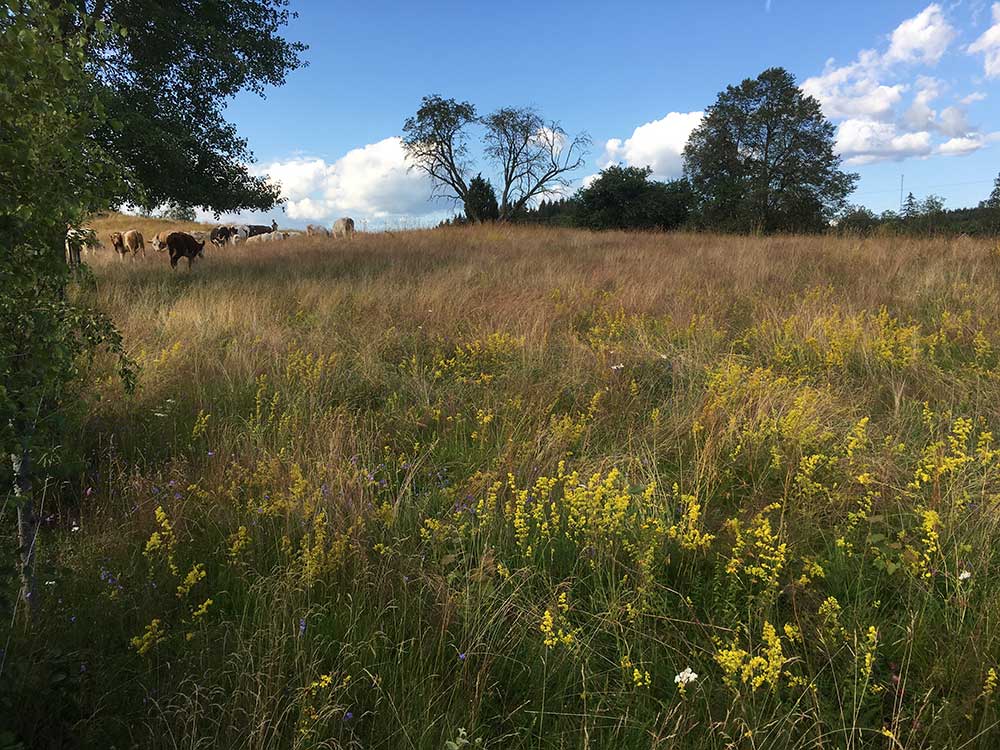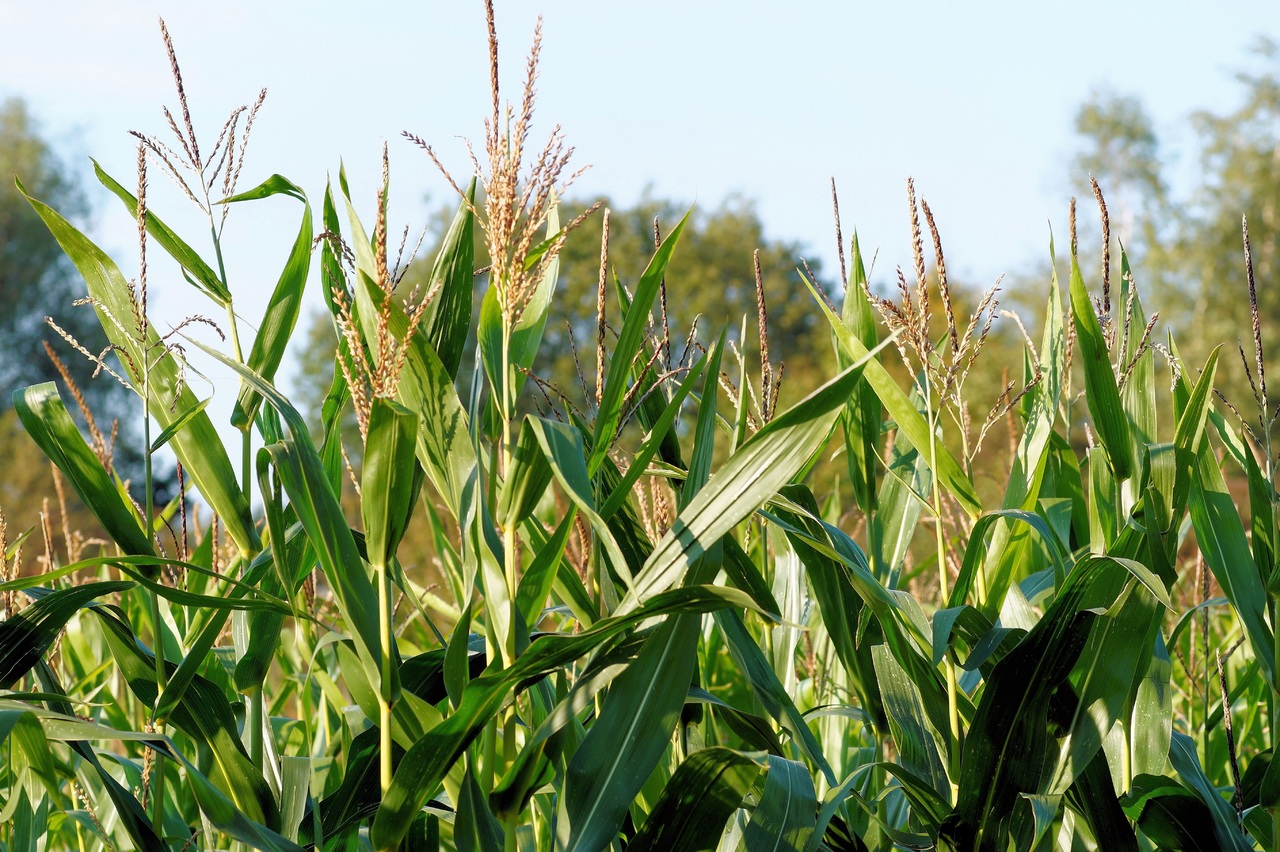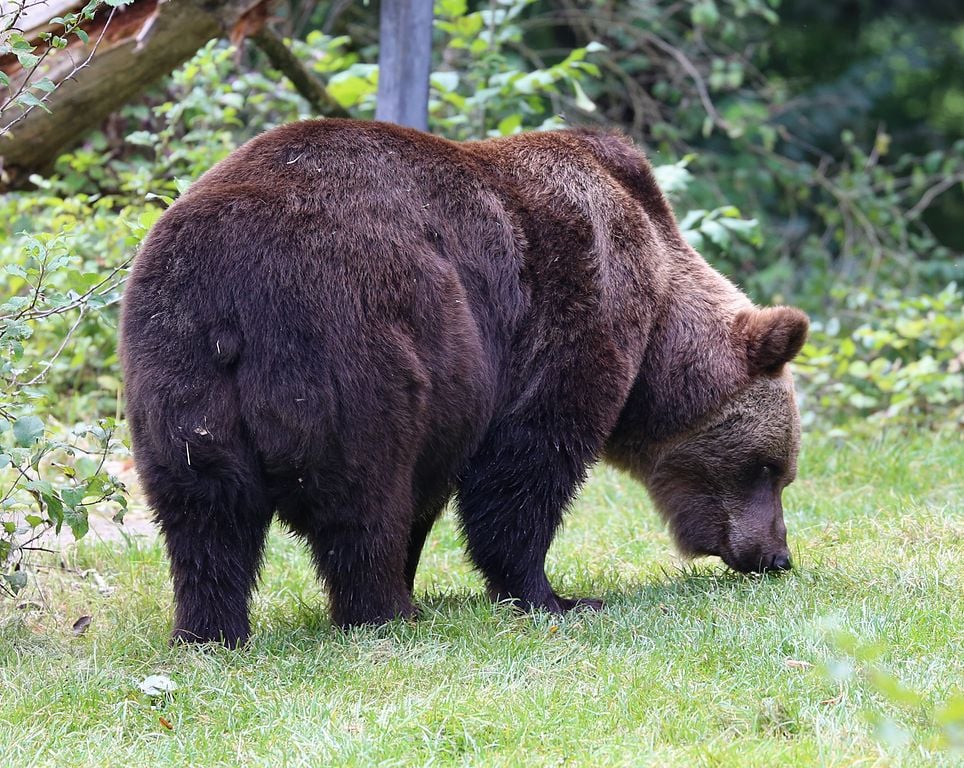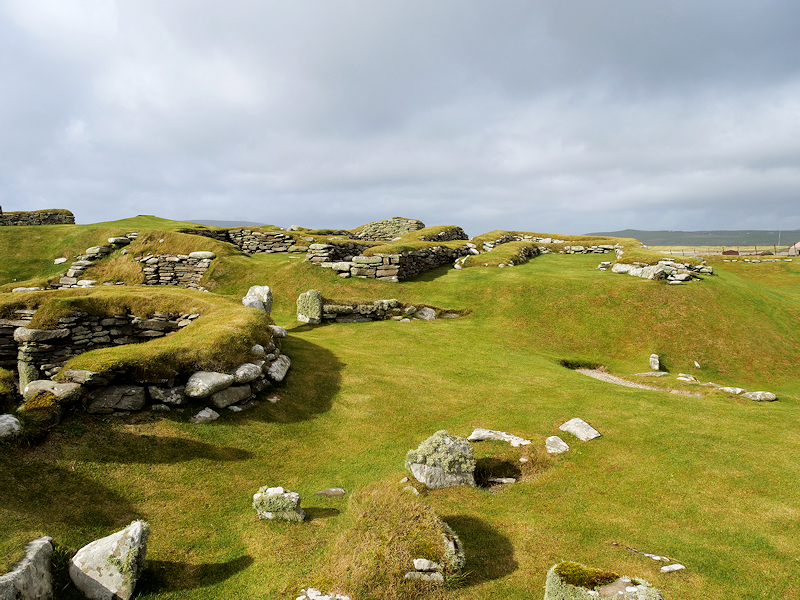Grassland studies, radar-tracked bumblebees offer clues for protecting pollinators
Scientists used a radar to track a bumblebee from its maiden flight until death for the first time as part of wider research racing to understand the impact and needs of declining bee populations, including on Europe’s fragmented biodiversity hotspots – grasslands. Wild bees are major pollinators of crops in Europe such as peas, beans and … Read more






